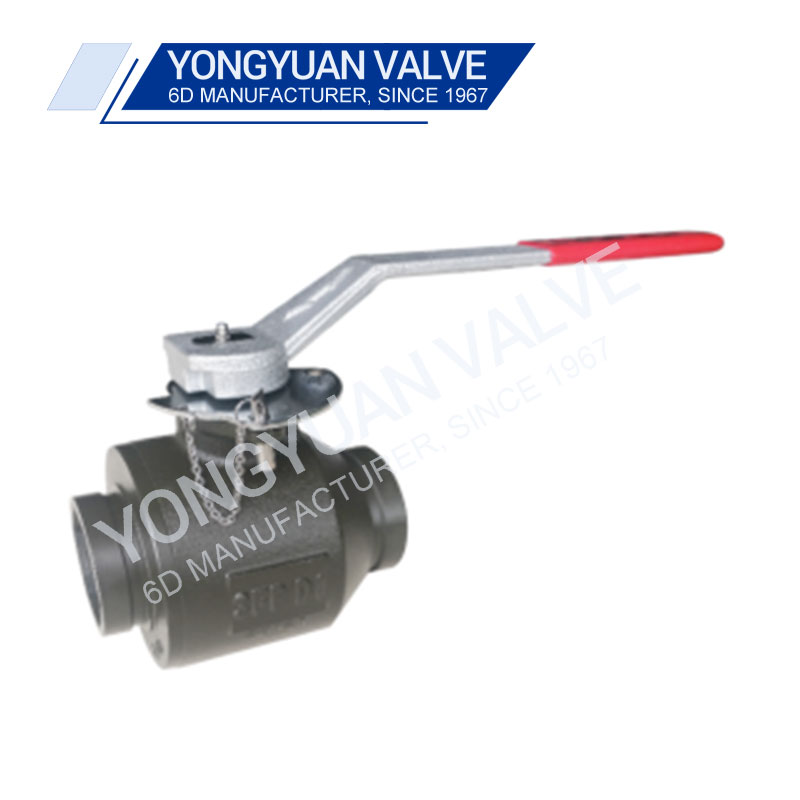Industrial Valves Market Grows Amidst Global Infrastructure Development and Technological Advancements
2023-10-21
The global industrial valves market is experiencing a surge in growth as infrastructure development and technological advancements continue to shape the industry. Industrial valves, crucial components for controlling the flow of liquids, gases, and solids in various applications, are at the forefront of innovation and sustainability efforts.
Infrastructure Development Fuels Demand
A significant driver of the industrial valves market is the continuous expansion of infrastructure projects worldwide. As urbanization and industrialization persist, the demand for industrial valves in applications such as water treatment, power generation, oil and gas, and HVAC systems is on the rise. Major economies are investing heavily in critical infrastructure projects, further boosting the market.
Technological Advancements and Automation
Technological innovations are reshaping the industrial valves landscape. Automation, remote monitoring, and the integration of sensors are enhancing valve performance, accuracy, and efficiency. Intelligent valves equipped with diagnostic capabilities are reducing downtime, minimizing maintenance costs, and improving safety in industrial settings.
Sustainability and Environmental Concerns
The industry is increasingly aligning with sustainability goals and environmental consciousness. Manufacturers are developing eco-friendly valve solutions, reducing emissions, and promoting efficient energy use. Sustainable materials and designs are gaining prominence in response to the growing emphasis on reducing the environmental impact of industrial operations.
Key Trends and Developments
1. Smart Valves: The integration of smart technology in industrial valves is allowing for real-time data monitoring and remote control, increasing efficiency and reducing maintenance costs.
2. Emissions Reduction: Valve manufacturers are focusing on designs and materials that minimize fugitive emissions, contributing to environmental protection and compliance with regulations.
3. Energy Efficiency: Industrial valves are being designed to optimize energy consumption, a crucial factor in various industries.
4. Modular and Compact Designs: Compact valve designs offer space and cost savings, especially in industries where space is limited.
5. Advanced Materials: The development of advanced materials enhances valve performance and durability, while corrosion-resistant materials are gaining attention in aggressive industrial environments.
Global Expansion and Competitiveness
The industrial valves market is characterized by intense competition and a global footprint. Leading players continue to expand their presence in emerging markets while smaller, specialized manufacturers offer niche solutions. The competition is driving innovation and cost-effectiveness, benefiting industries across the board.



